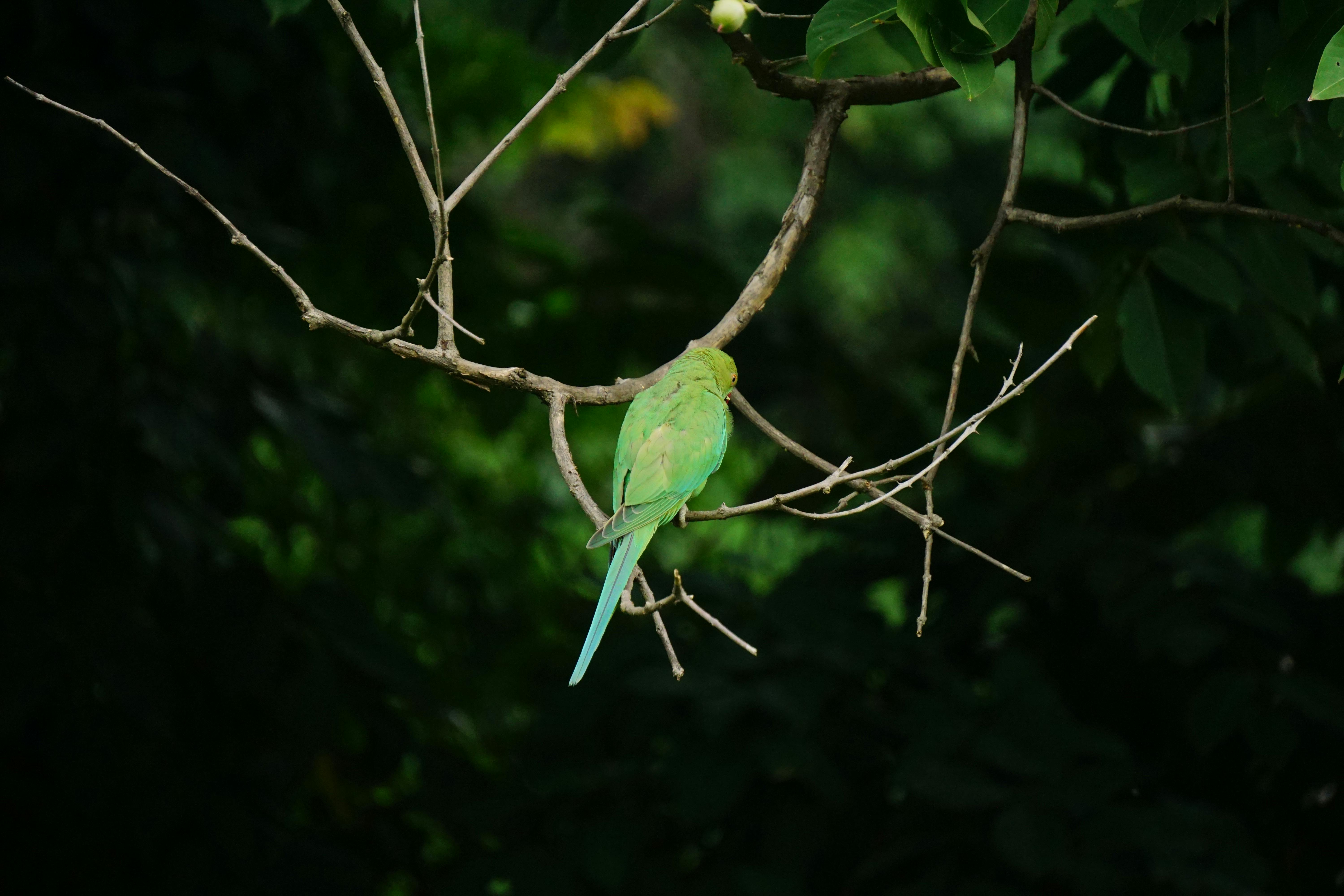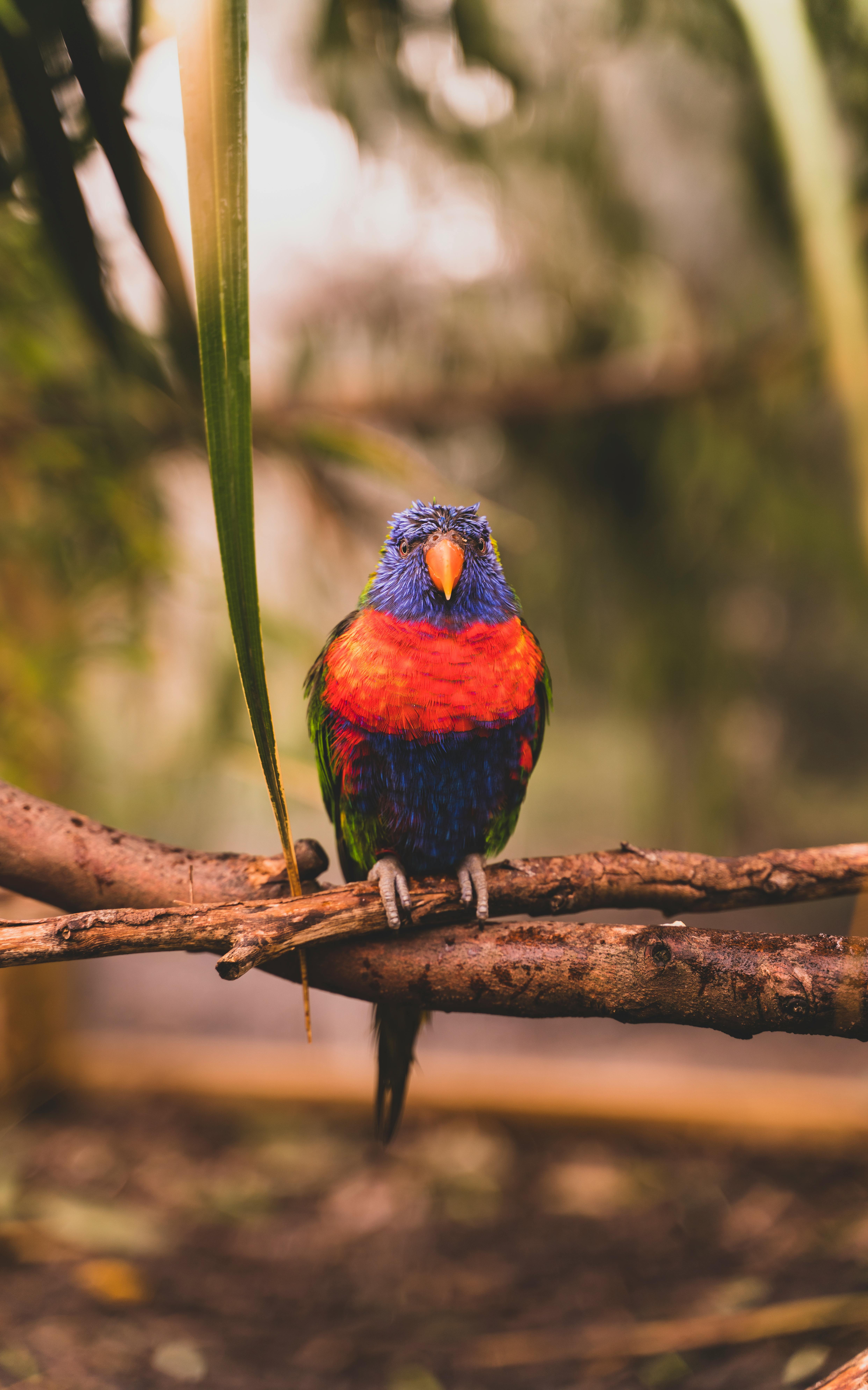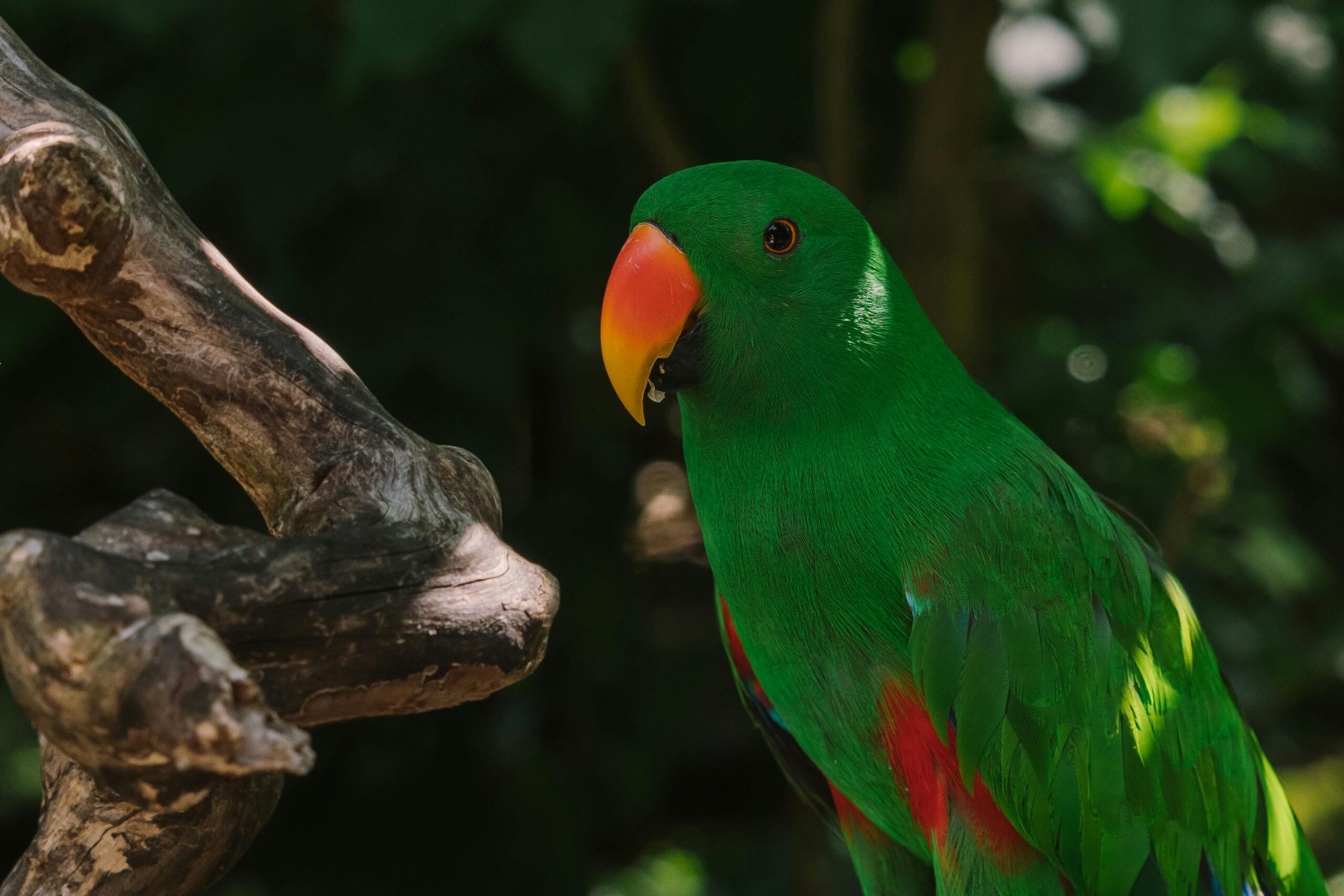Effective Ways to Enhance Your Parrot Habitat in 2025: Create a Happy Space
Providing a suitable habitat for your pet parrot is essential for its overall health and well-being. As we approach 2025, it’s important to consider innovative methods to enhance parrot habitats to ensure they thrive in captivity. Parrots are intelligent and social creatures that benefit from environments designed to mimic their natural tropical bird habitats, where they find food, social interaction, and opportunities for exploration. This article will explore effective strategies for creating an ideal living space for your feathered friends, focusing on their habitat requirements, environmental adaptations, and how you can contribute to parrot conservation efforts.
We’ll discuss how to design parrot-friendly gardens, the importance of maintaining parrot nesting sites, and methods to support sustainable habitat preservation. Moreover, you’ll discover ways to foster a connection with the broader ecosystem of regional parrot habitats while ensuring your pet enjoys a stimulating environment. Let’s delve into the essential components of an effective parrot habitat.

Creating an Ideal Parrot Habitat: Key Elements
Understanding the unique needs of parrots is crucial for creating a suitable habitat. Elements such as space, structure, social interaction, and environmental enrichment are paramount.
Space Requirements for Parrots
Parrots require ample space to fly and move around freely. The size of their enclosure should consider their species, with larger birds needing more room to spread their wings. An ideal starting point is a cage that is at least twice the wingspan of the parrot in all directions. Providing a multi-level environment will allow them to explore different spaces, thus mimicking the climbing they would do in the wild.
Structural Features for Enrichment
Incorporating various levels and perches into your parrot’s habitat will not only maximize space but also stimulate their natural behaviors. Choose natural wood perches and different widths to help keep their feet healthy. Additionally, include swings, ladders, and ropes to encourage climbing and exercise. Such structures support health and can reduce boredom, enhancing overall well-being.
Social Structures in Parrot Communities
Parrots are social creatures that thrive on interaction. If you have multiple parrots, ensure that their social structures mimic those found in the wild. This may include staggered pair bonds or flock dynamics. If you are a single-parrot household, consider spending quality time with your bird daily to fulfill its social needs. Toys that encourage mental stimulation, such as puzzle feeders, can also help keep your parrot entertained while nurturing a healthy social environment.
Environmental Enrichment Practices
To enhance your parrot’s habitat, it’s crucial to introduce a variety of stimulating elements. Rotate toys regularly and provide foraging opportunities, so your pet engages in natural behaviors similar to what it would encounter in tropical forests. Consider hanging greens or edible flowers within their reach—it’s a delightful way to enrich their habitat and dietary variety.

Nurturing Parrot Nesting Sites
The importance of nesting sites cannot be overstated when creating a happy parrot habitat. Proper nesting environments facilitate breeding, which is essential for species conservation.
Building Appropriate Nesting Boxes
Nesting boxes should mimic natural conditions found in forest canopies. They should be spacious enough to accommodate the parrot comfortably and allow for ventilation. Consider using untreated wood or natural materials, and provide natural nesting materials like coconut fibers or shredded paper for added comfort. Monitoring nesting behavior is essential to understand your parrot’s needs during breeding periods.
Protecting Breeding Territories
Understanding the breeding territories of parrots also plays a vital role in habitat enhancement. Engage in habitat preservation efforts by ensuring protected parrot habitats remain intact. This involves supporting local conservation organizations and participating in community initiatives aimed at safeguarding natural areas critical to parrot reproduction.
Preserving Natural Breeding Grounds
During the breeding season, it’s essential to reduce disturbances in areas where nesting happens. This might mean limiting activities that could scare off potential breeding pairs and ensuring that nesting sites remain undisturbed and secure. By doing this, you’re not only helping care for your pet but also contributing to broader efforts for parrot conservation.
Incorporating Sustainable Practices
As urban environments expand, it becomes increasingly important to understand how to create sustainable urban parrot habitats. Protecting these areas can improve the quality of life for both wild and pet parrots.
Designing Parrot-Friendly Gardens
A parrot-friendly garden should include native plants that attract local bird species and provide a source of natural food. Incorporating fruit trees, for example, can offer a reliable feeding source as well as shelter. By fostering biodiversity and planting vegetation favorable to avian species, you contribute significantly to restoring regional parrot habitats and ensuring their well-being.
Advocating for Parrot Habitat Preservation
Moreover, promote awareness regarding the threats of parrot habitat loss due to urbanization and climate change. Engage with local conservation policies aimed at preserving habitats critical for avian species. Advocate for bird-friendly practices in your community and support protected areas where parrots can thrive.
Assessing the Impact of Climate Change
Climate impacts on parrot habitats pose significant threats. It is necessary to understand these dynamics to implement effective conservation strategies.
Researching Habitat Loss Consequences
Research indicates that environmental changes threaten both tropical bird habitats and regional parrot populations. Monitoring these changes allows conservationists to devise richer strategies for habitat restoration, ensuring that necessary ecosystems remain intact for parrot survival.
Utilizing Outdoor Spaces Wisely
Understanding the impact of urbanization on parrot feeding grounds leads to better usage of outdoor spaces in residential developments. Planting a variety of crops and natural vegetation can foster more diversified habitats even in city landscapes, ensuring that your parrot receives the right environmental stimulation.
Question & Answer Section
What are the essential elements of a parrot habitat?
Key elements include ample space, proper structural features, social interaction opportunities, and environmental enrichment items like toys and natural perches.
How can I create a parrot-friendly garden?
Focus on native plants, trees, and a variety of vegetation to attract local birds and provide food sources while enhancing the ecosystem around your home.
What are the benefits of nesting boxes for parrots?
Nesting boxes replicate natural environments, giving parrots a secure place to lay eggs while contributing to species conservation efforts.
How does urbanization affect parrot habitats?
Urbanization leads to habitat fragmentation and loss, making it crucial to advocate for wildlife corridors and bird-friendly practices to protect these species.
Why is creating a happy parrot habitat important?
A happy habitat ensures the health and well-being of parrots, offering them opportunities to engage in natural behaviors essential for their physical and mental health.
